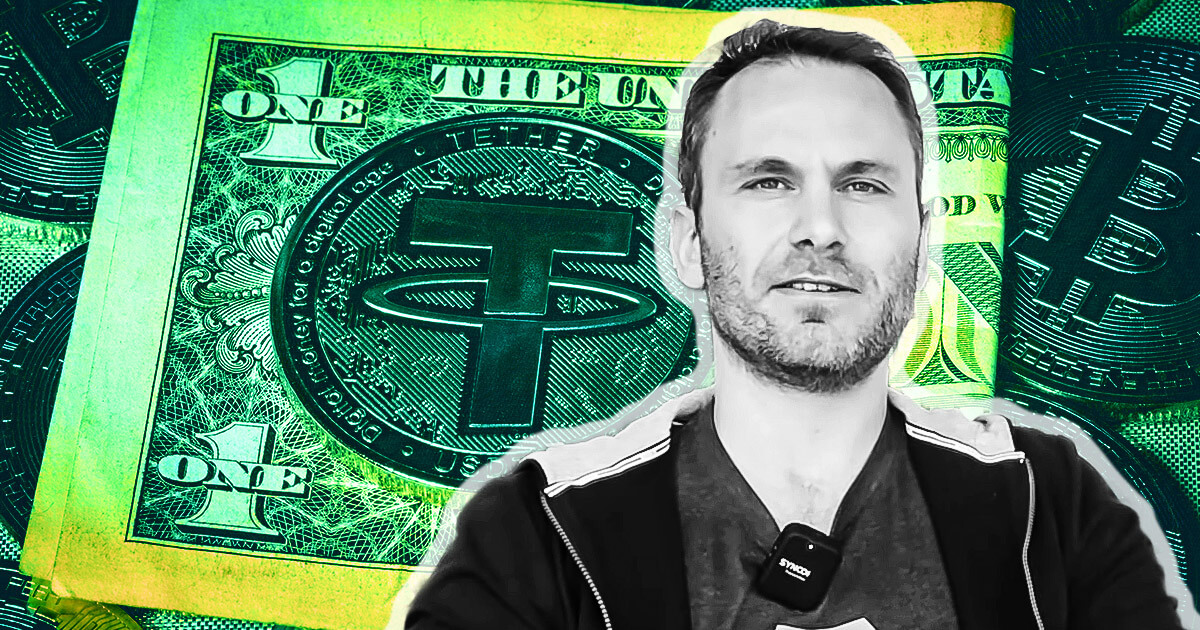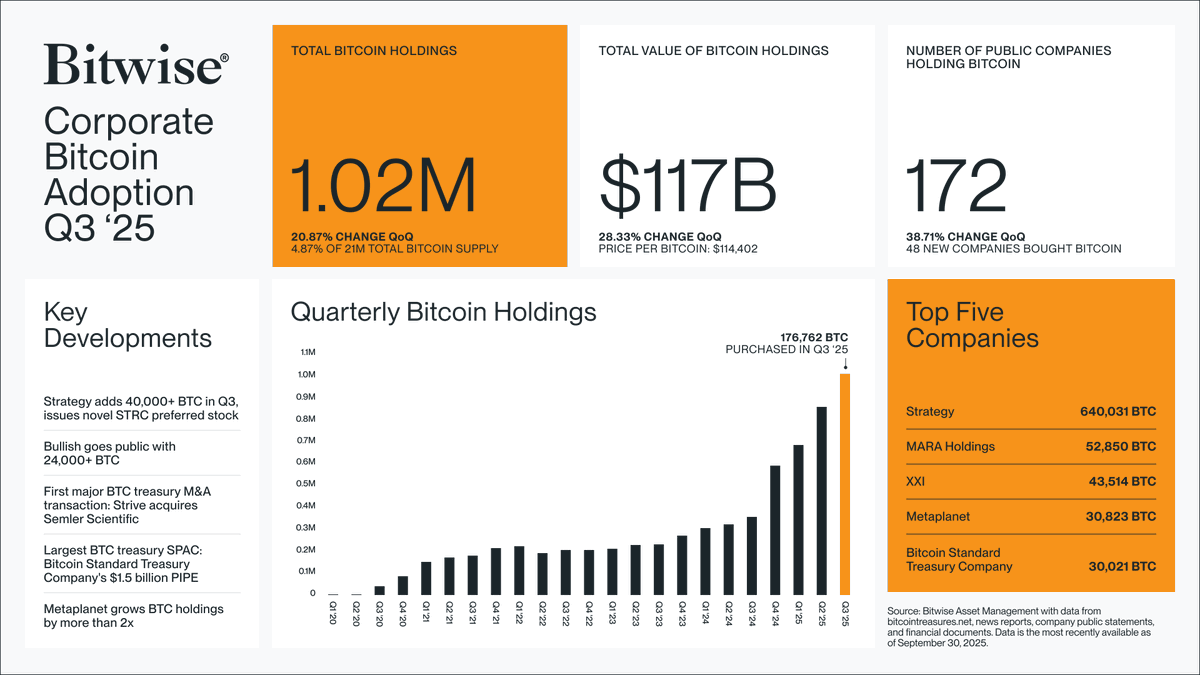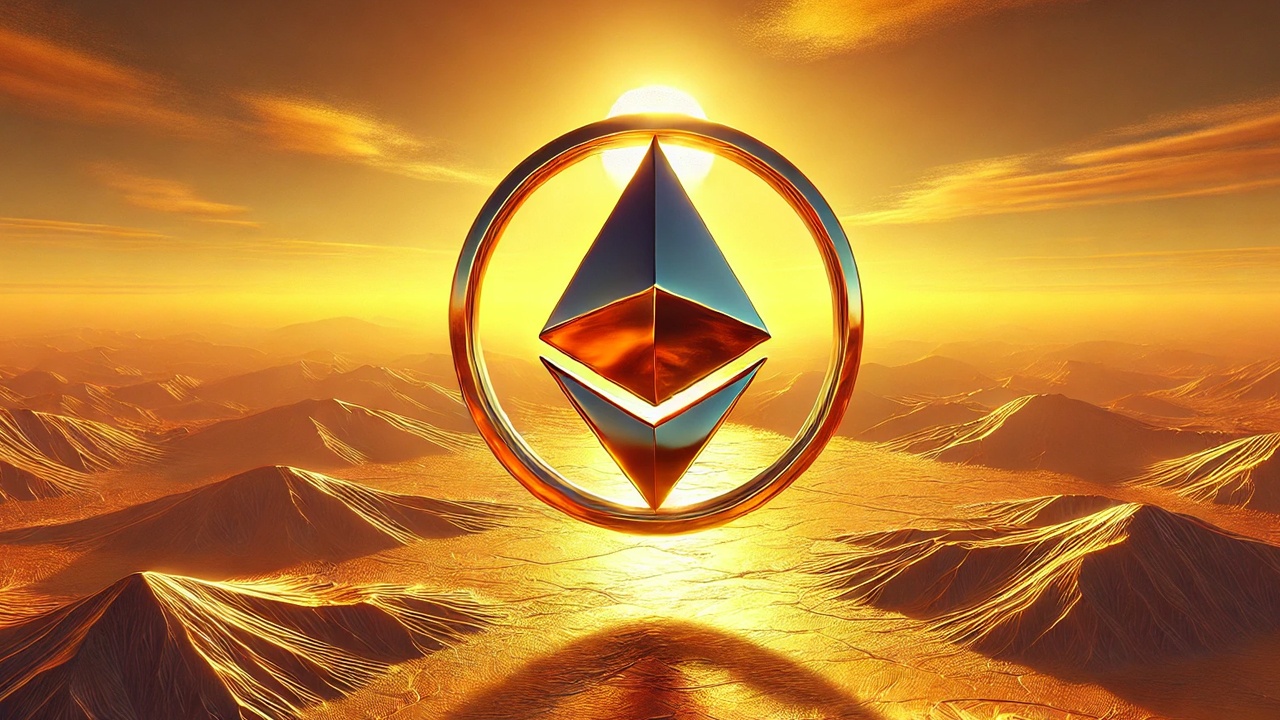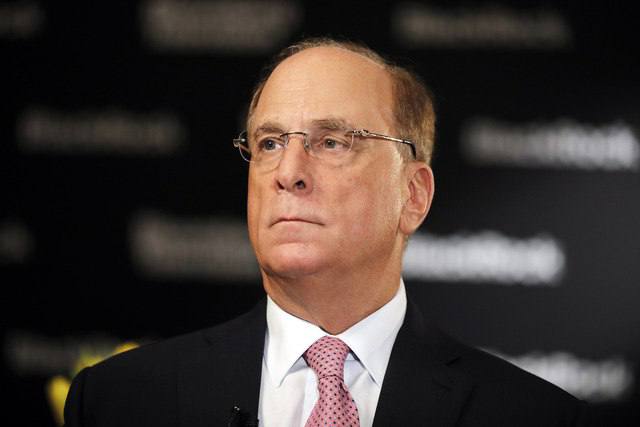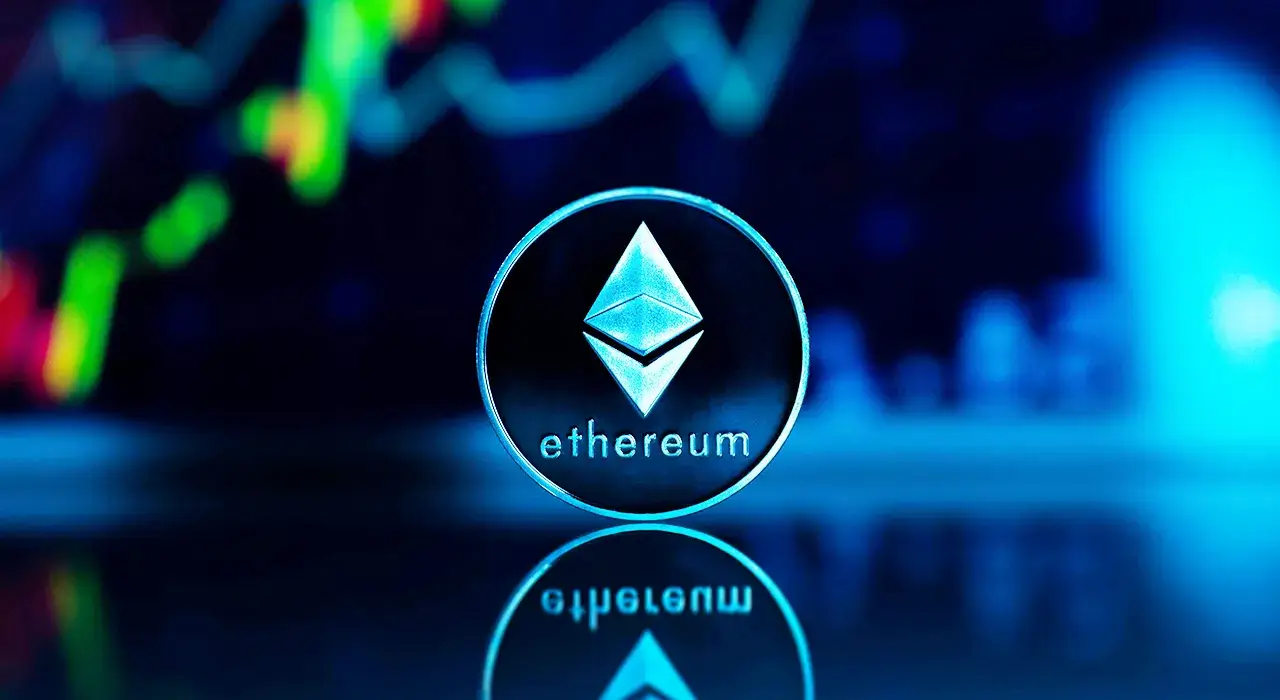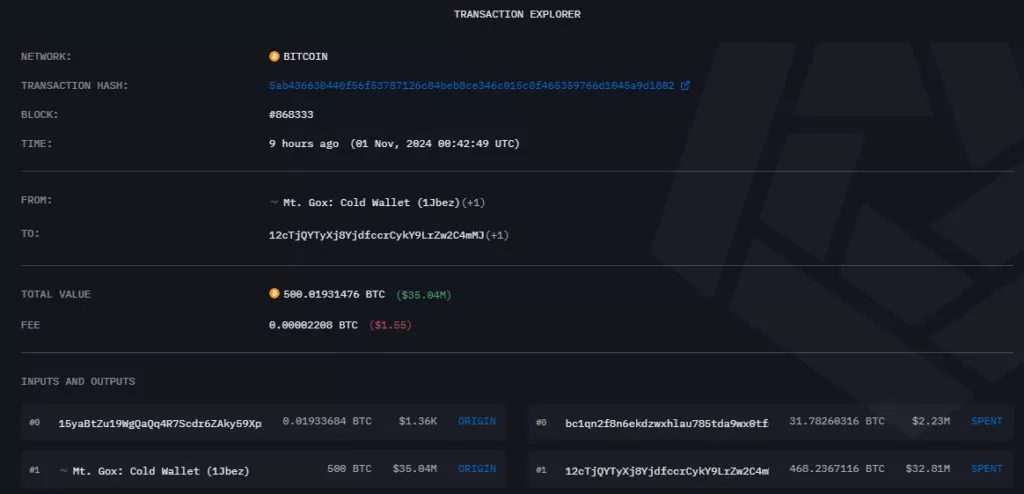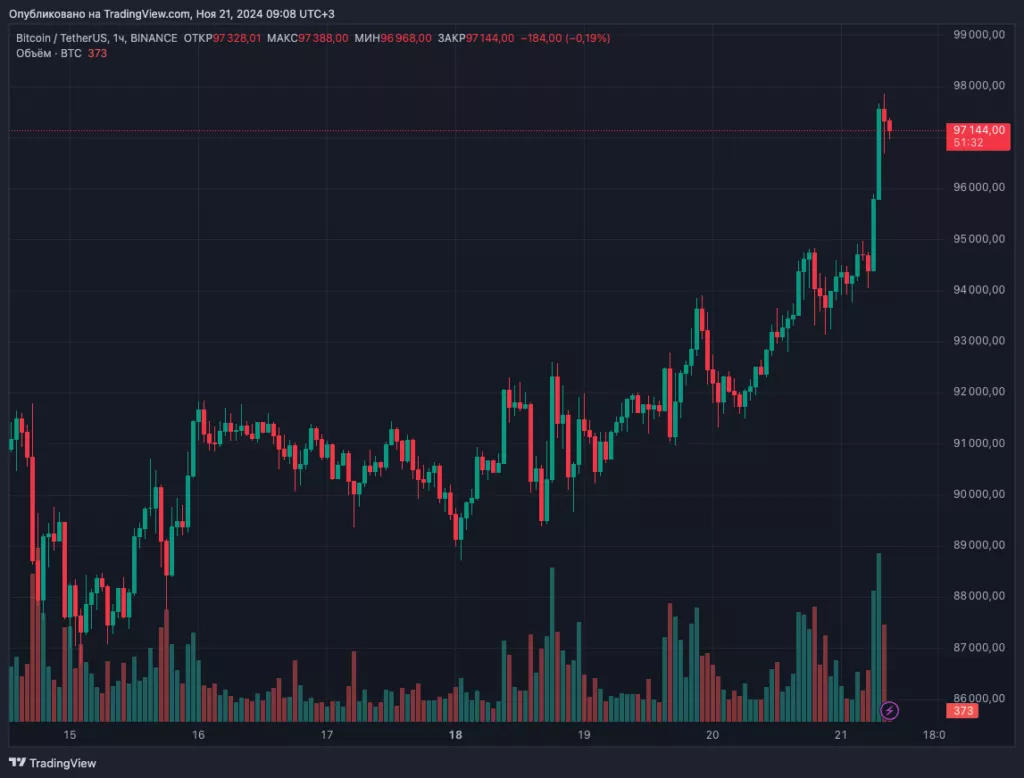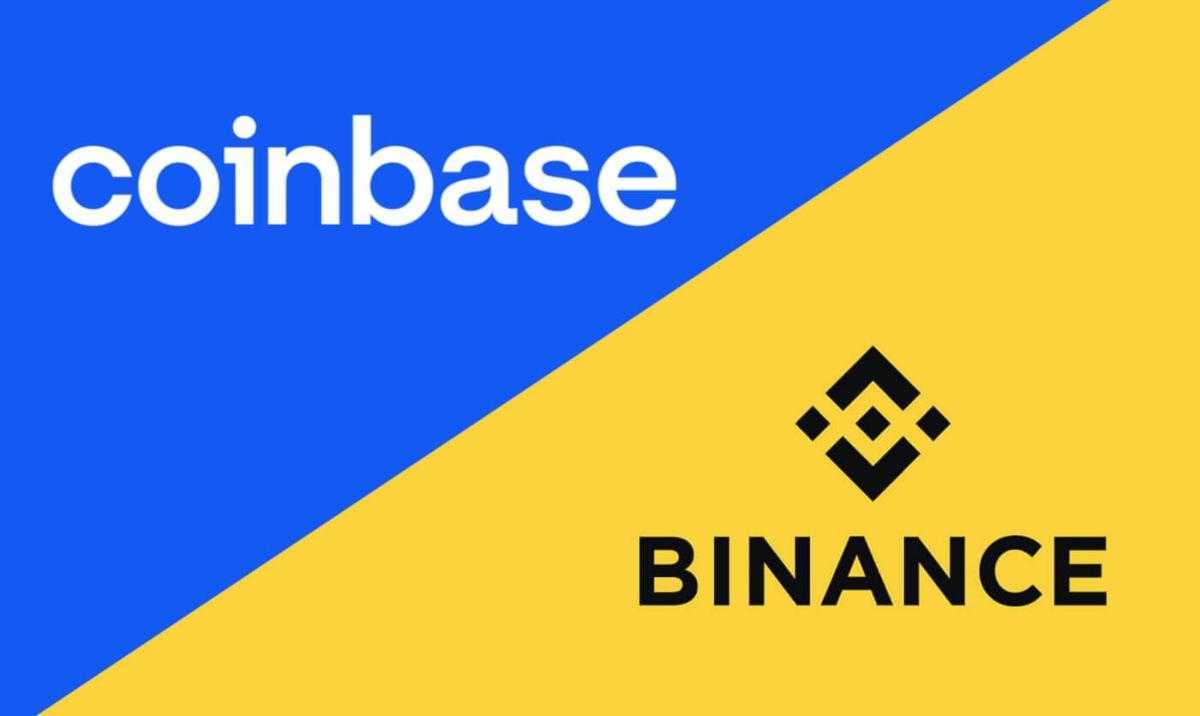Tether CEO Paolo Ardoino believes that the recent $515 billion valuation of the company significantly underestimates its true scale. He stated that considering the firm’s growing reserves in Bitcoin and gold, Tether’s actual worth could be much higher.
The estimate was originally proposed by John Ma, co-founder of the analytics platform Artemis, who claimed that Tether could reach a market capitalization of $515 billion if it went public—putting it on par with some of the world’s largest publicly traded companies. His analysis was based on profit multiples derived from Circle, which recently completed its IPO and began trading on the NYSE.
However, the methodology drew criticism from several experts. Samuel Spitz, CEO of Gently, dismissed the valuation as superficial and argued it ignored the structural differences between public and private companies. Hannes Demske, CEO of Sunrise Investment Group, suggested a more conservative estimate of $75–80 billion, based on assets under management and key differences in business models.
At the same time, prominent industry voices such as Anthony Pompliano and Jack Mallers argue that Tether’s valuation could surpass $1 trillion in the future, especially given its profitability and rapid expansion.
In 2024, Tether reported $13 billion in net profit, with a record-breaking $85.6 million in revenue per employee. The company has been actively diversifying, investing in Bitcoin mining, blockchain startups, and accumulating reserves in both BTC and gold.
Despite its financial strength, Tether has no plans to go public. Ardoino emphasized that the company is growing successfully as a private entity, largely due to its strategic focus on emerging markets. Currently, USDT is used by more than 420 million people in developing economies. The company aims to expand its reach to one billion users.
Tether is also considering launching a separate stablecoin tailored for the U.S. market to meet potential regulatory requirements—without compromising its broader global strategy.
